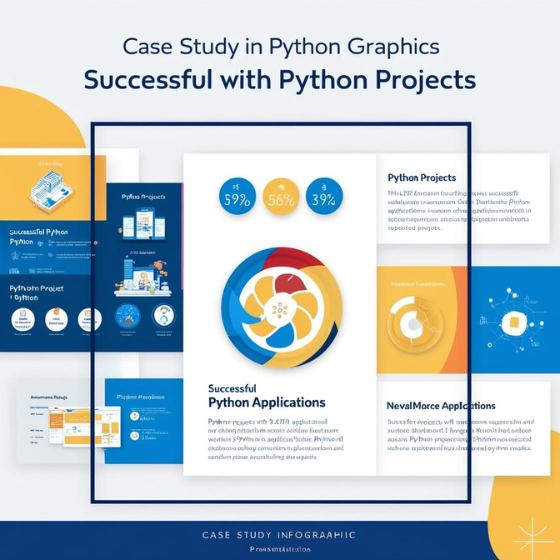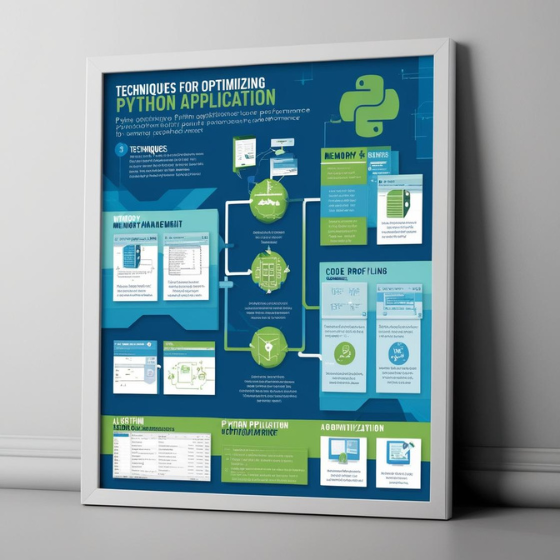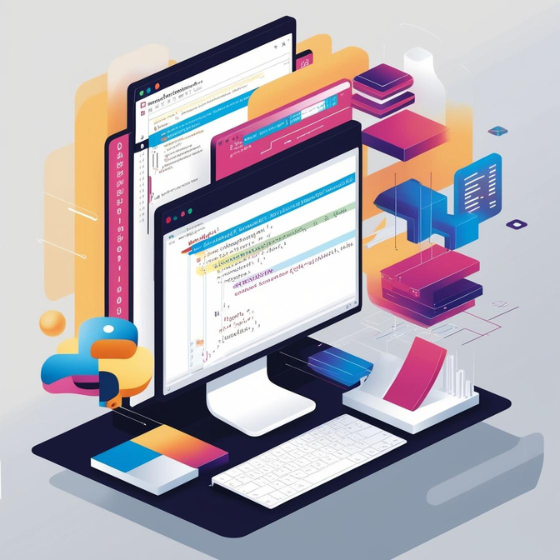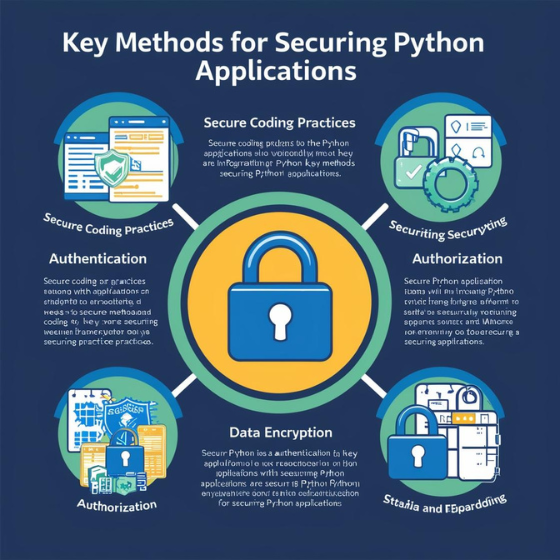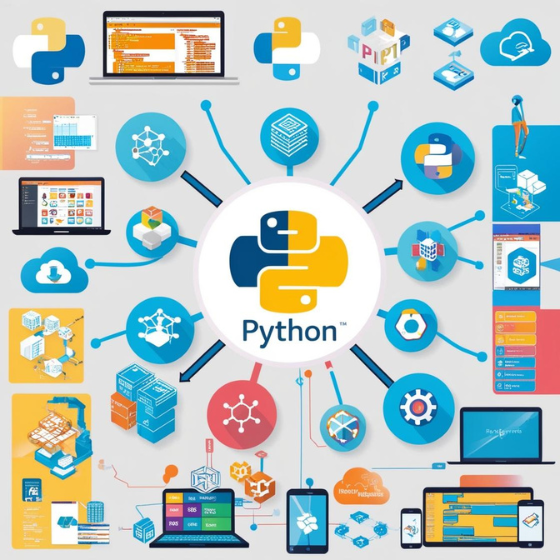Best Practices for Python Development: A Comprehensive Guide
“Python is not just a language; it’s a philosophy.” With its simplicity and versatility, Python has become one of the most widely used programming languages, empowering industries from web development to data science. However, writing Python code isn’t just about making it work—it’s about making it work well.
This blog explores the best practices for Python development, offering actionable insights for developers aiming to write clean, efficient, and maintainable code. Whether you’re building a scalable application or a data analytics tool, adhering to these principles will elevate your Python projects.
Why Following Best Practices is Crucial
Adhering to best practices ensures your Python projects are:
- Readable: Other developers (and future you) can easily understand and work with your code.
- Efficient: Proper practices optimize performance, saving resources and time.
- Scalable: Your project can grow in complexity and size without becoming unmanageable.
- Error-Free: Reduces bugs and simplifies debugging.
When you incorporate these best practices for Python development, you enhance both your workflow and your project’s quality.
1. Stick to the PEP 8 Guidelines
Python’s style guide, PEP 8, is a cornerstone for writing clean, readable code. It provides rules on everything from naming conventions to indentation.
Key PEP 8 Rules:
- Use consistent indentation with 4 spaces per level.
- Keep lines to a maximum length of 79 characters for better readability.
- Choose meaningful variable names that clearly convey their purpose.
- Space out operators and punctuation to improve clarity.
Adopting PEP 8 makes your code visually appealing and easy to understand, ensuring a solid foundation for best practices in Python development.
2. Write Modular Code
Breaking your code into small, reusable modules makes it easier to maintain and scale.
Tips for Modular Code:
- Divide tasks into separate functions or classes to reduce complexity.
- Assign each module a single responsibility to maintain focus.
- Add descriptive documentation to explain the purpose of each module.
Modular code improves collaboration, simplifies debugging, and allows for incremental development—essential qualities for any successful Python project.
Looking to build modular and scalable applications? Explore Sodio’s development services to bring your ideas to life.
3. Leverage Virtual Environments
A virtual environment isolates dependencies for your project, ensuring compatibility and avoiding conflicts between packages.
Why Use Virtual Environments?
- Prevents dependency clashes between projects.
- Simplifies the deployment process by locking specific package versions.
- Keeps the global Python environment clean and uncluttered.
By utilizing virtual environments, developers can maintain consistency across team members and environments, an essential part of best practices for Python development.
4. Optimize Performance
While Python emphasizes simplicity, optimizing performance is critical for handling complex and resource-intensive applications.
Best Practices for Optimization:
- Use list comprehensions and built-in functions for faster processing.
- Cache frequently used results to reduce redundant calculations.
- Profile your code with performance analysis tools to identify bottlenecks.
Efficient code not only saves computational resources but also provides a smoother experience for users, solidifying your project’s reliability and scalability.
5. Handle Exceptions Gracefully
Errors are inevitable in any software project. Effective error handling minimizes disruptions and ensures a seamless user experience.
Best Practices for Exception Handling:
- Catch specific exceptions rather than using broad or generic error handling.
- Log errors for future debugging instead of silently ignoring them.
- Provide meaningful feedback to users when an issue occurs.
Implementing robust error management enhances the resilience of your application, making it a key aspect of high-quality Python development.
6. Write Unit Tests
Testing is an integral part of the best practices for Python development. It ensures that each part of your code behaves as expected and remains functional after updates or changes.
Benefits of Unit Testing:
- Identifies bugs early in the development process.
- Improves code reliability and reduces the cost of fixing issues later.
- Encourages developers to write modular and testable code.
Investing time in thorough testing improves overall project quality, ensuring it meets both technical and business requirements.
7. Use Version Control
Version control systems like Git are indispensable for managing code changes and collaborating in team environments.
Benefits of Version Control:
- Keeps track of every modification made to the codebase.
- Enables seamless collaboration through branching and merging.
- Provides a safety net to revert changes when necessary.
Clear commit messages, consistent workflows, and feature branches are fundamental to maintaining a well-organized project repository.
Want expert version-controlled projects? Sodio’s software development services ensure seamless collaboration and management.
8. Document Your Code
Good documentation isn’t a luxury—it’s a necessity. It enhances clarity, ensures smooth handovers, and supports future scalability.
Best Practices for Documentation:
- Add meaningful docstrings to functions and classes.
- Maintain a
READMEfile that includes setup instructions, usage details, and examples. - Use tools like Sphinx or MkDocs to create comprehensive project documentation.
Well-documented code reduces onboarding time for new developers and aids troubleshooting, forming the backbone of sustainable development practices.
9. Follow Agile Methodologies
Incorporating Agile practices like iterative development and continuous feedback can significantly improve project outcomes.
Benefits of Agile Development:
- Encourages collaboration and communication within teams.
- Allows for incremental improvements, ensuring the final product meets client expectations.
- Facilitates quick identification and resolution of issues.
By adopting Agile methodologies, developers can create Python applications that are not only robust but also aligned with evolving requirements.
Conclusion
Mastering the best practices for Python development is essential for creating efficient, scalable, and maintainable projects. From adhering to PEP 8 guidelines to leveraging virtual environments and Agile methodologies, these principles form the backbone of professional Python development.
At Sodio, we specialize in delivering top-notch Python solutions tailored to your unique needs. Contact us today to discover how our expertise can transform your next project.

